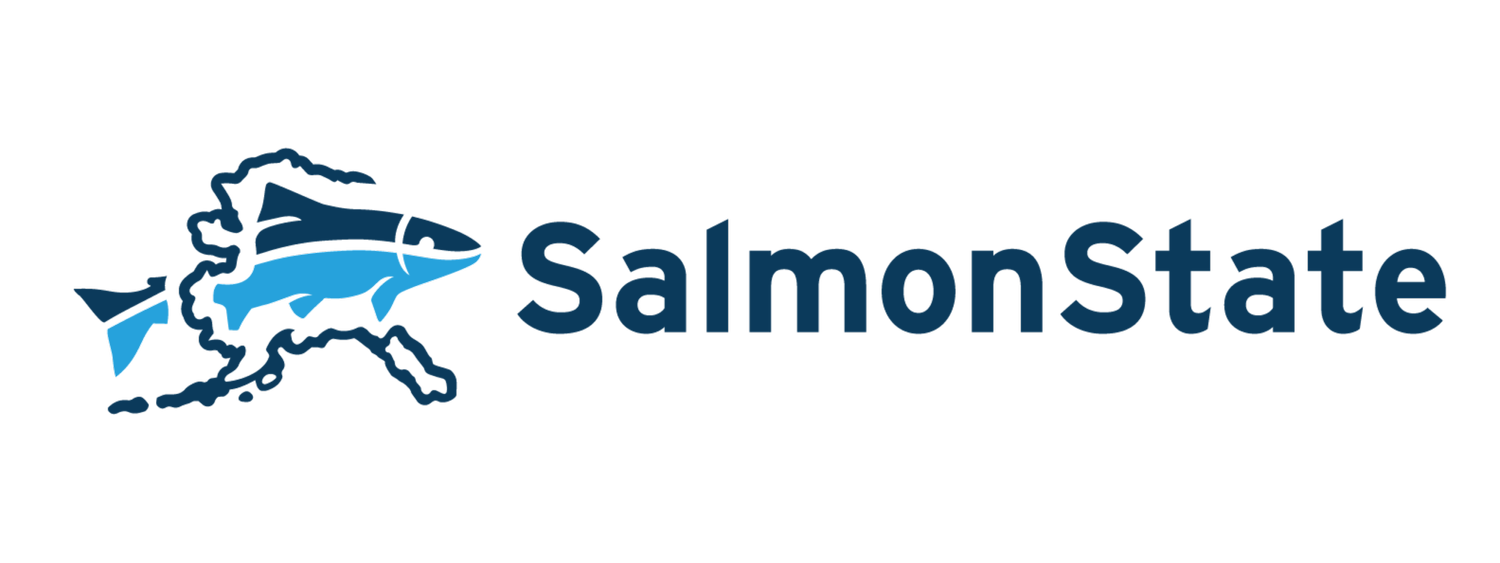Alaskans to Rep. Nick Begich: banning bottom trawling should be a top priority
ANCHORAGE, ALASKA— In a recent survey of more than 1,000 Alaskans, most named banning bottom trawling as their top priority when it comes to federal fisheries management in Alaska.
Trawlers’ bycatch of non-target species like king salmon, chum salmon, halibut, crab and herring has emerged as a hot button issue in Alaska, with 74% of Alaskans saying they support banning it altogether in a separate March 2025 poll. Trawling was a central issue in last year’s political race between current Rep. Nick Begich and former Rep. Mary Peltola, both of whom named addressing trawl bycatch as central to their campaign. Former Rep. Mary Peltola introduced three bills to address the issue. Current Rep. Nick Begich has not yet taken any action, but has asked Alaskans to tell him their thoughts and top priorities, which was the genesis for this survey.
“This should serve as a clear call to action for Rep. Begich and the rest of Alaska’s Congressional delegation,” said SalmonState Ocean Justice Program Coordinator Jackie Arnaciar Boyer. “Trawlers have wreaked havoc in fisheries across the world. Now, the waters 3 to 200 miles off Alaska’s coast are being managed for one industrial, largely out-of-state fishery — contributing to the depletion of salmon returning to the Yukon, Kuskokwim, Nushagak and other rivers, harming Alaskan communities and families’ food security, impacting Alaskan fishing jobs, and wrecking some of the most productive marine ecosystems in the world. Alaskans have spoken. It’s time to work together to ban bottom trawling.”
Illustration credit: Oceana
Trawling is an industrial form of fishing in which enormous boats drag nets the size of football fields behind them, catching everything in their path. They fish mostly in the federal waters 3-200 miles off Alaska's shore. They are on the other end of the spectrum from Alaska’s crabbers, long-liners, gillnetters, seiners and trollers, charter boat operators and recreational fishing interests.
Trawlers in Alaska bycatch, on average, 141 million pounds of nontarget species each year. Hard on bottom trawlers, such as the Amendment 80 fleet in the Bering Sea and Gulf of Alaska, intentionally drag and crush the ocean floor in search of bottom-dwelling species like sole and flounder. Pelagic trawlers, also called “midwater” trawlers, have exploited a loophole allowing them to trawl in areas closed to other kinds of fishing for reasons of conservation. However, studies have shown that while pelagic trawlers’ nets are classified as midwater, those nets and other equipment actually drag the ocean floor in up to 100% of the area they trawl, depending on vessel type. The North Pacific Fishery Management Council, which is tasked with regulating the trawl industry but is composed mostly of trawl representatives, has repeatedly postponed clarifying the definition of “pelagic” to mean “not on the ocean floor.” The council’s conflict of interest has been a topic of conversation for at least 35 years.
Most of the waters managed by the State of Alaska (0-3 miles offshore) are closed to bottom trawling but due to concerns about the impacts of trawling by both bottom and “pelagic” trawlers, State of Alaska Sens. Mike Cronk and Robert Yundt and Reps. Kevin McCabe and Neal Foster this past legislative session introduced a bill banning all trawling with significant bottom contact, regardless of gear type.
“A bottom trawler is a trawler that drags the bottom,” said SalmonState Executive Director Tim Bristol. “Claiming anything else is just wordplay. This survey, as well as the powerful testimonies and stories people shared with us, shows that Alaskans know that — and are fed up with trawlers damaging Alaska’s traditional, sport, and commercial fisheries. It’s time to ban bottom trawling.”


